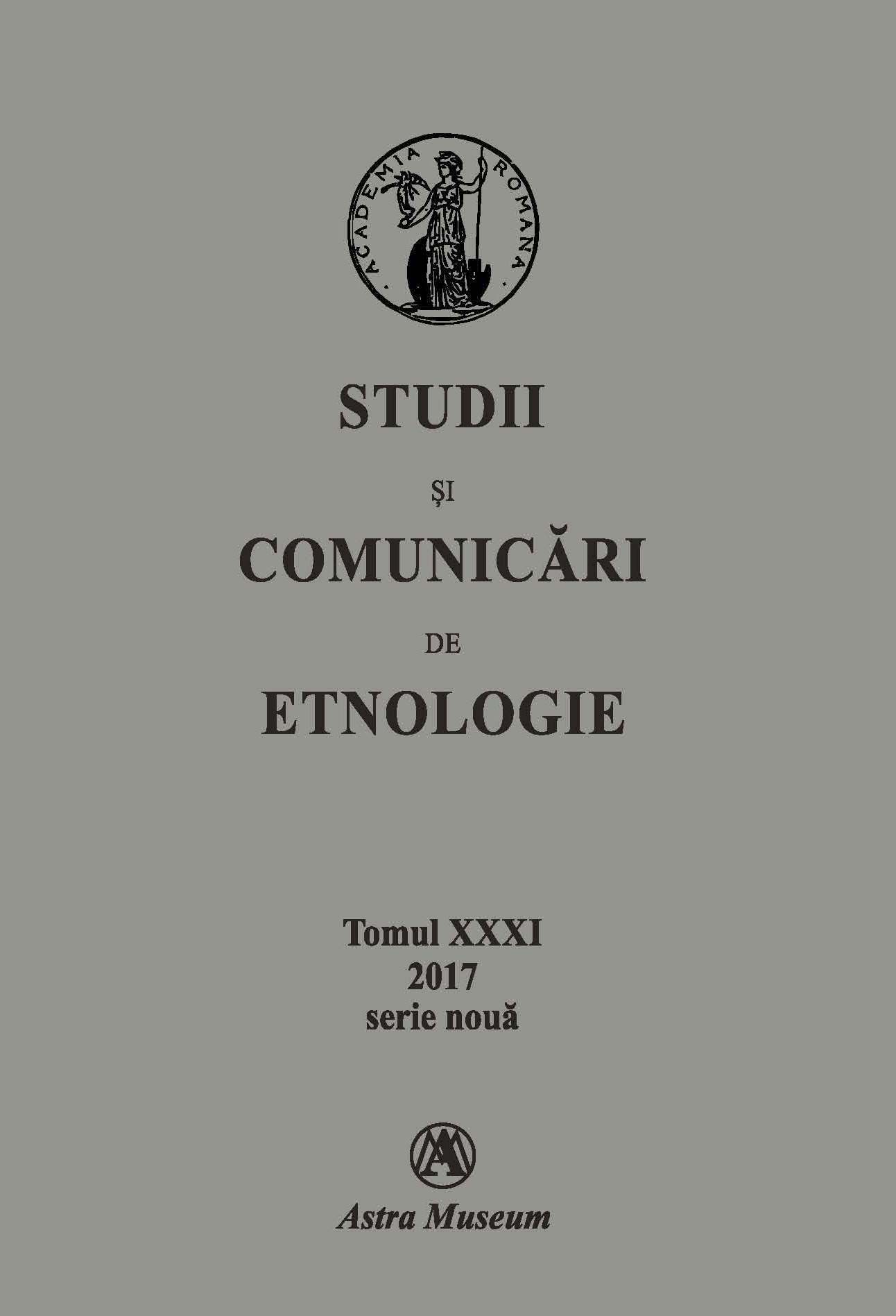Simboluri străvechi în ornamentica arhitecturală
a bisericilor de lemn hunedorene (I)
Ancient symbols depicted in the architectural ornamentation of wooden churches in Hunedoara county
Author(s): Mircea LacSubject(s): Fine Arts / Performing Arts, Cultural history, Architecture
Published by: ASTRA Museum
Keywords: horse; universal symbolism; Hunedoara County;
Summary/Abstract: The horse is a domestic animal most often encountered both in Romanian mythology and universal symbolism. In Romanian tradition, the horse is known as a symbol of fertility and fecundity (we find it in the games of „Caiutilor”, „Calusarilor” or „Intreceripe ecvestre de primavara”). One of the most archaic representations is the figure of „Calul Psihotomp”, who carries the soul of the deceased in afterlife, an image you can find carved on the wooden consoles which support the roofs of many old Romanian churches (the churches in Braznic, Lunca Motilor, Runcsor, Curechiu, Birtin, Bacea, Basarabasa, Rovina, Boz, etc.). But in Romanian folklore, the horse has multiple connotations. Ever since Neolithic figurines and votive plaques from the beginning of our era, the era of the „Cavalerul Trac”, who also had attributes of divinity, these have continued with the feared „Cai a lui Santoader”, in the form of a horse head on benches, household tools ( cups, spoons, hand crosses, etc.) and have ended with the legendary „Cal Nazdravan”, which helps, in the dramatic tales, a hero to attempt to conquer the world seen or imagined or to find the secret of „Eternal youth and eternal happiness”.
Journal: STUDII ŞI COMUNICĂRI DE ETNOLOGIE
- Issue Year: XXXI/2017
- Issue No: 31
- Page Range: 153-159
- Page Count: 7
- Language: Romanian
- Content File-PDF

